Not every coupe from the golden age became a legend. Some had the specs, the looks, and even the performance—but for one reason or another, they faded from memory. This list is about those cars that didn’t make the spotlight but still deserve a second look. These forgotten coupes may not be headliners, but they packed their own kind of punch when they hit the streets.
1965 Chevrolet Corvair Corsa
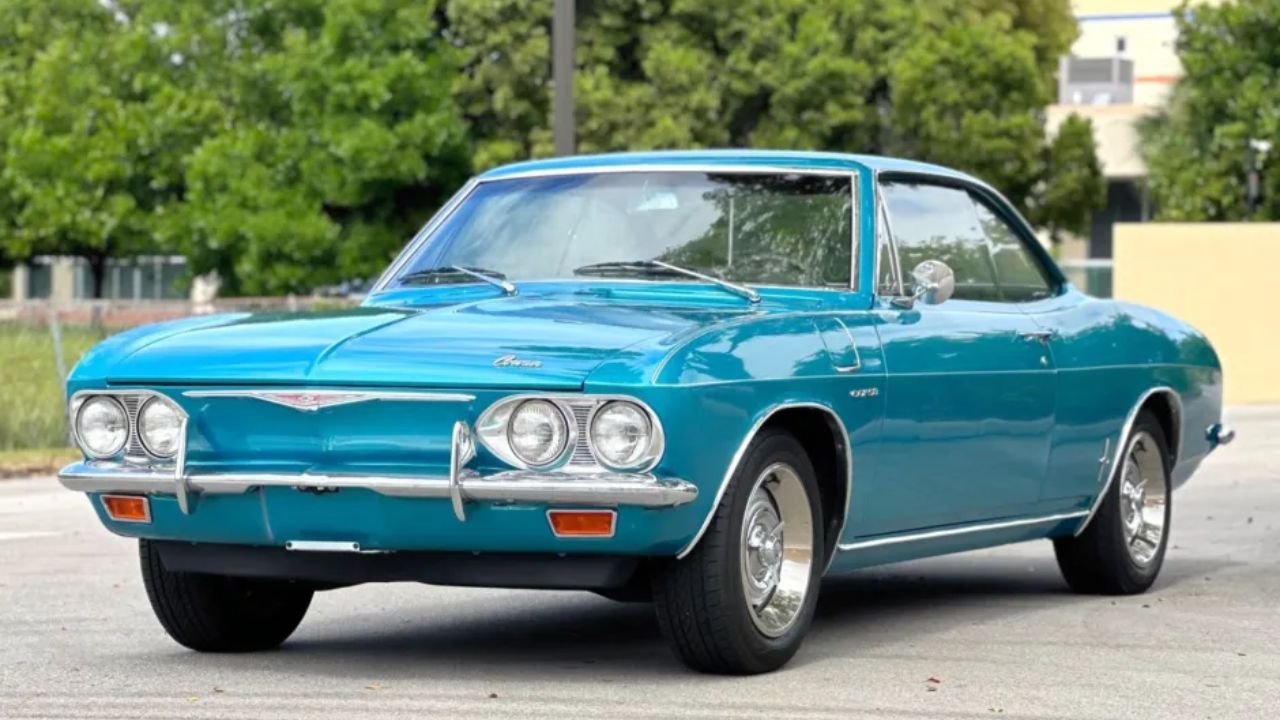
The Corvair Corsa took Chevrolet in a different direction with its rear-mounted flat-six and available turbocharger. With up to 180 horsepower and a 4-speed manual, it offered something closer to a European driving feel than most American cars at the time. Its fully independent suspension gave it real handling chops.
What doomed the Corsa was timing—it arrived just as muscle cars were booming and Ralph Nader was hammering the Corvair’s safety record. Despite that, it was priced affordably and was surprisingly advanced underneath. Today, it remains one of the more overlooked performance coupes of its era.
1970 Mercury Cougar Eliminator
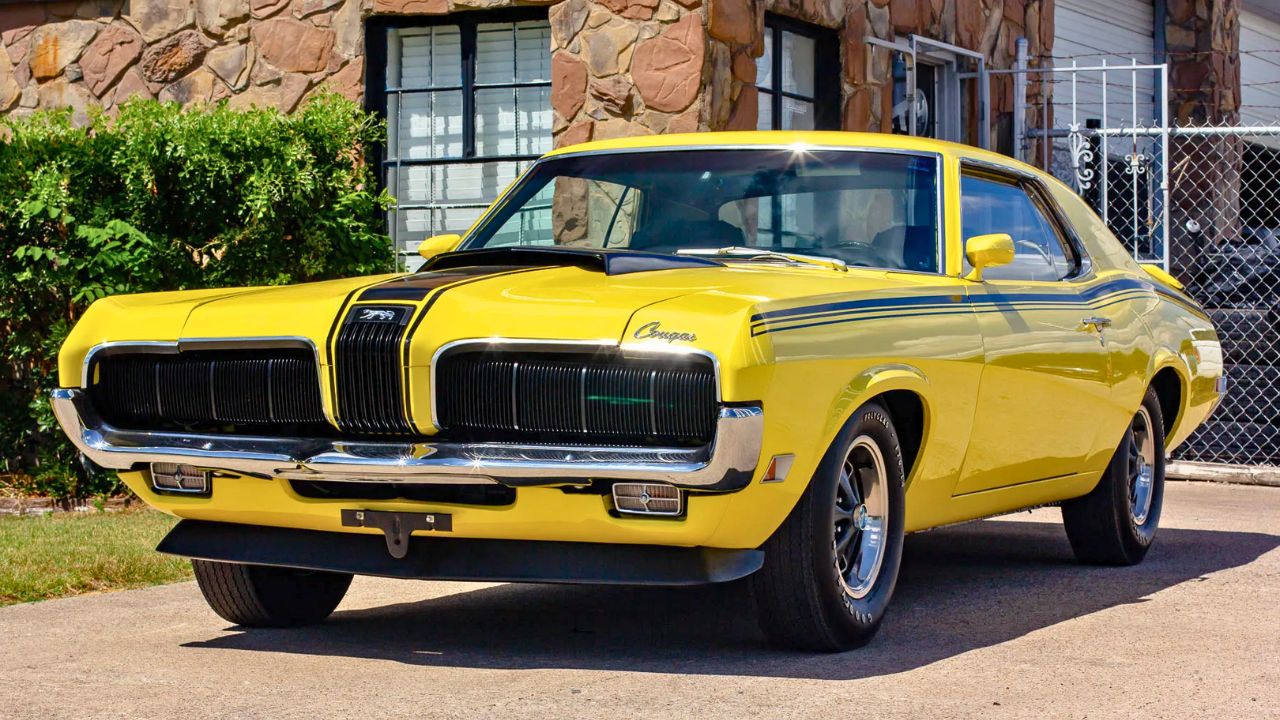
The 1970 Cougar Eliminator was Mercury’s answer to the Mustang Mach 1, offering a more refined design with plenty of performance options. Buyers could spec it with everything from a 351 Windsor to a 428 Cobra Jet. It had bold colors, functional spoilers, and unique trim.
The trouble was Mercury’s image—it wasn’t aimed at street racers or budget buyers, and it didn’t have the name recognition of the Mustang. With just over 2,200 built, it never found its audience. Now it sits in that gray area between classic and forgotten.
1968 Dodge Dart GTS
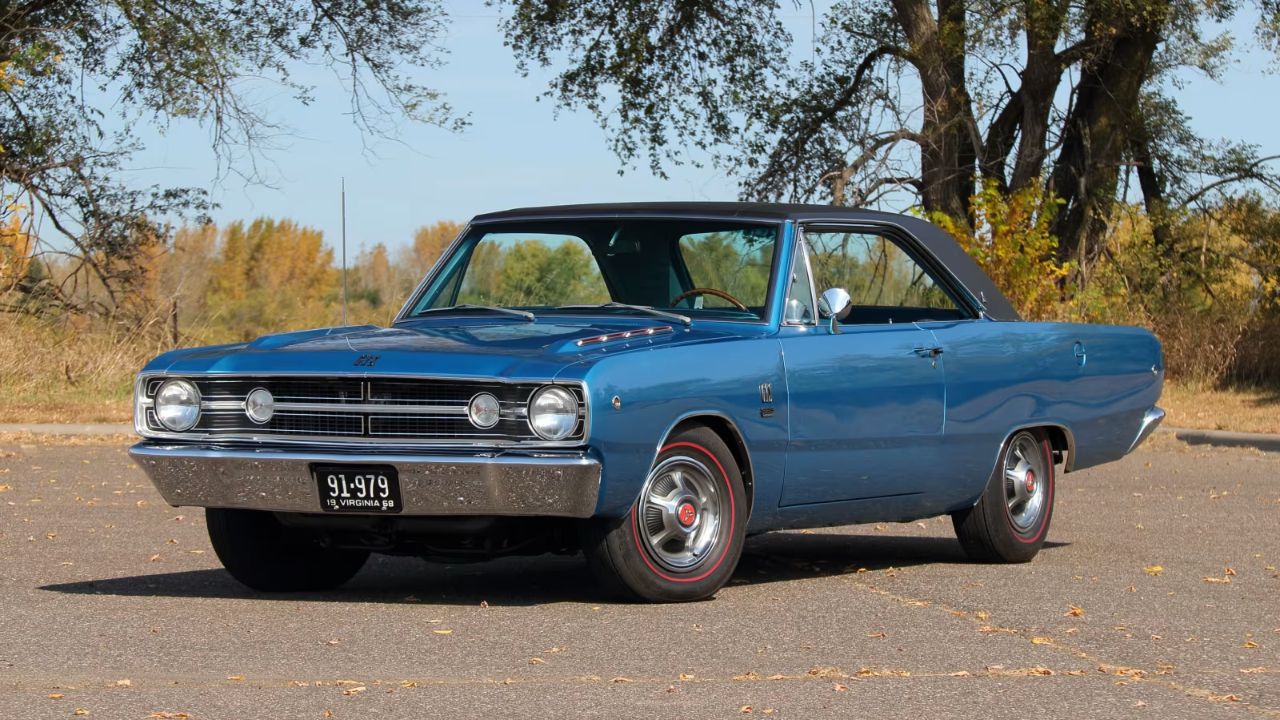
Dodge’s Dart GTS packed serious power into a small, simple shell. In 1968, the 383-cubic-inch V8 made 300 horsepower and turned this mild-mannered coupe into a legitimate muscle car. Lightweight and straightforward, it was quick without being flashy.
But with all eyes on Chargers and Road Runners, the Dart GTS got lost in the lineup. It didn’t scream for attention, and that’s part of why it slipped through the cracks. Still, it had all the hardware to hang with bigger names—and it’s one of Mopar’s better-kept secrets.
1971 Plymouth Satellite Sebring Plus
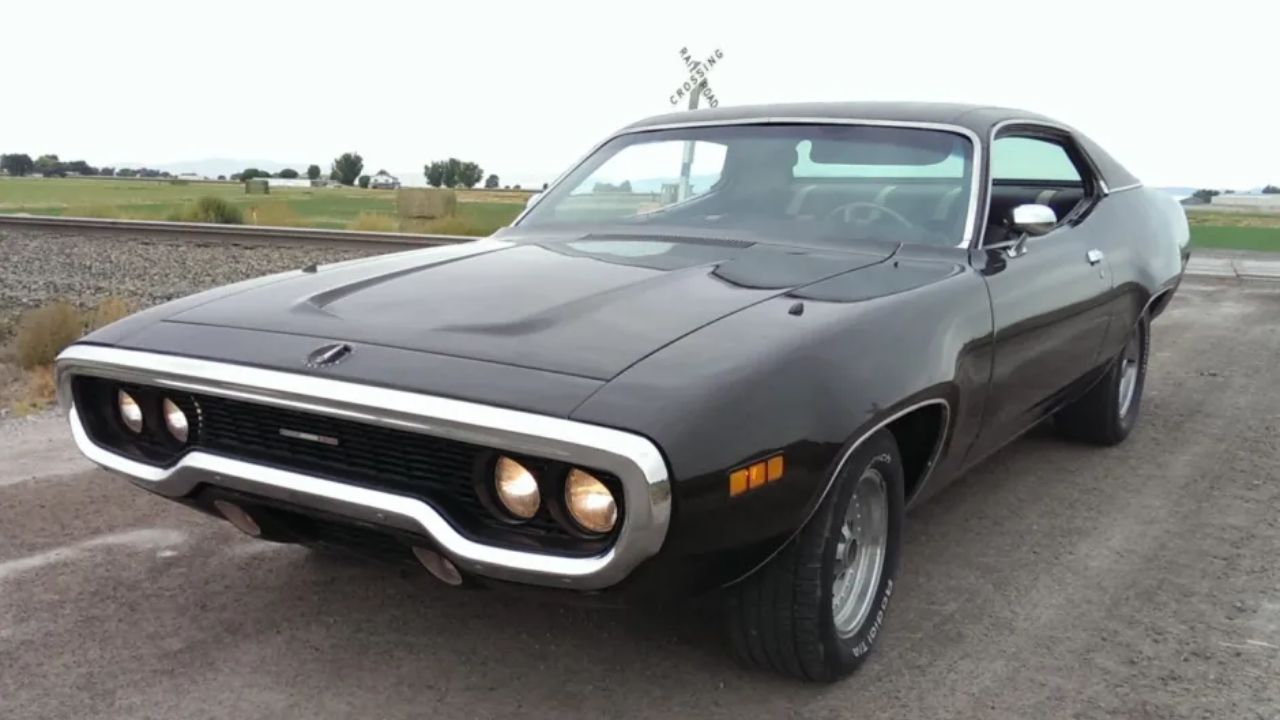
The Satellite Sebring Plus sat just below the Road Runner in Plymouth’s lineup, offering comfort and styling with optional big-block power. The ’71 version featured a loop bumper and dramatic body lines that stood out in traffic. It could be ordered with a 383 or even a 400 V8.
This coupe leaned more grand touring than muscle, which might explain why it’s often skipped in Mopar conversations. It had presence and potential, but never the fame. For those who want a B-body that’s a little different, it still delivers.
1966 Ford Fairlane GT
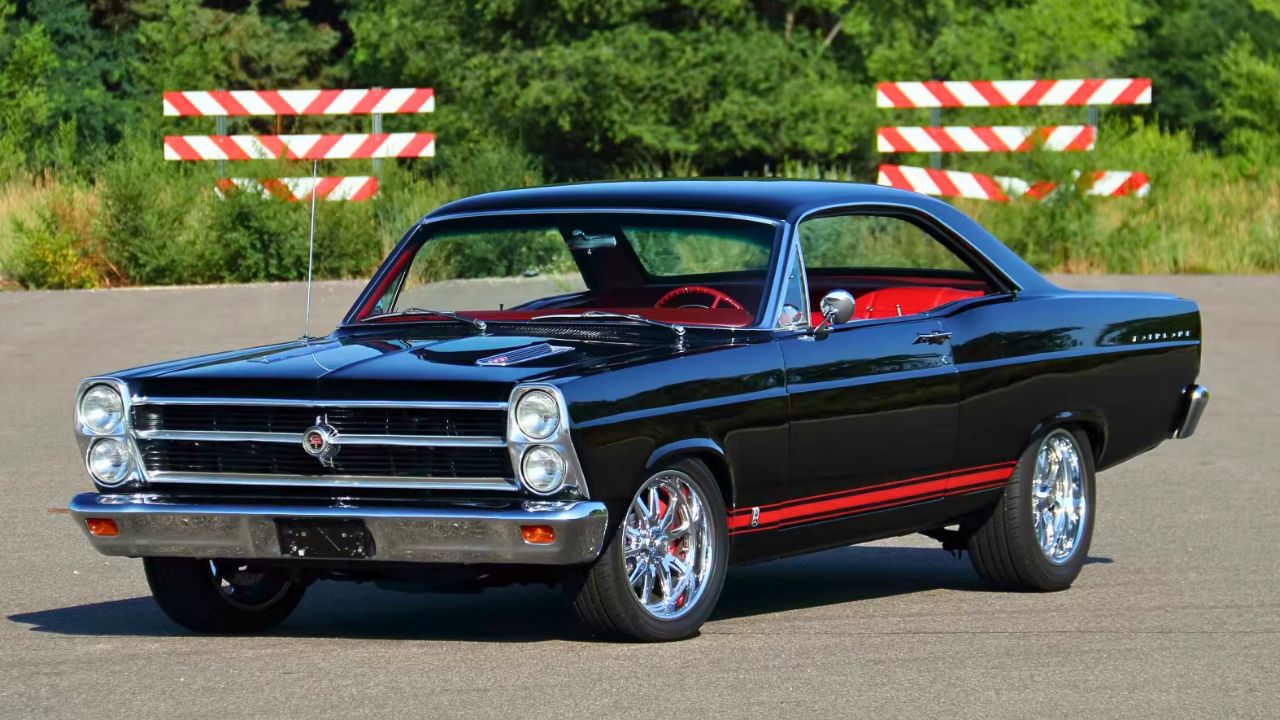
The 1966 Fairlane GT was Ford’s mid-size muscle entry, powered by a 390-cubic-inch V8 that made 335 horsepower. Available with a 4-speed manual and sport suspension, it had the performance specs to compete—but never caught fire in the market.
It landed between the Mustang and the Galaxie, both of which had stronger identities. As a result, the Fairlane GT was largely forgotten, despite being a sharp-looking and capable coupe. It remains one of Ford’s better muscle efforts that just didn’t stick in people’s minds.
1974 AMC Matador Coupe

When AMC redesigned the Matador Coupe for 1974, they aimed for something striking. The new look was meant to help on the NASCAR circuit and get attention on the street. Buyers could choose a 304, 360, or 401 V8, with plenty of torque on tap.
What it got was confusion. The styling was polarizing, and the AMC name didn’t carry much muscle-car weight. Still, the Matador Coupe stood apart from the crowd, and for a brief moment, it offered something you couldn’t find elsewhere—style with substance from an underdog brand.
1967 Oldsmobile Cutlass Supreme Turnpike Cruiser

The Turnpike Cruiser package turned the Cutlass Supreme into a high-speed highway machine. Standard gear included a 400-cubic-inch V8, high-speed rear axle, and heavy-duty cooling. It was designed for long-distance driving, not stoplight showdowns.
It wasn’t exactly flashy, and it wasn’t marketed as a muscle car. That might be why it got forgotten, even though it was surprisingly quick on the open road. Today, it’s rare and relatively affordable—proof that Oldsmobile understood performance in a more subtle way.
1973 Buick Century Gran Sport Stage 1

By 1973, the muscle car era was winding down—but Buick still had one last punch. The Century Gran Sport Stage 1 could be ordered with a 455 V8 making 270 net horsepower and nearly 400 lb-ft of torque. It was quick, comfortable, and well-built.
It didn’t get the love earlier GS cars had, partly due to smog-era changes and shifting buyer tastes. But under the surface, it was still a strong performer. Buick’s low-key approach meant it slipped under the radar, which is exactly why it deserves a second look now.
1969 Chrysler 300 Hurst
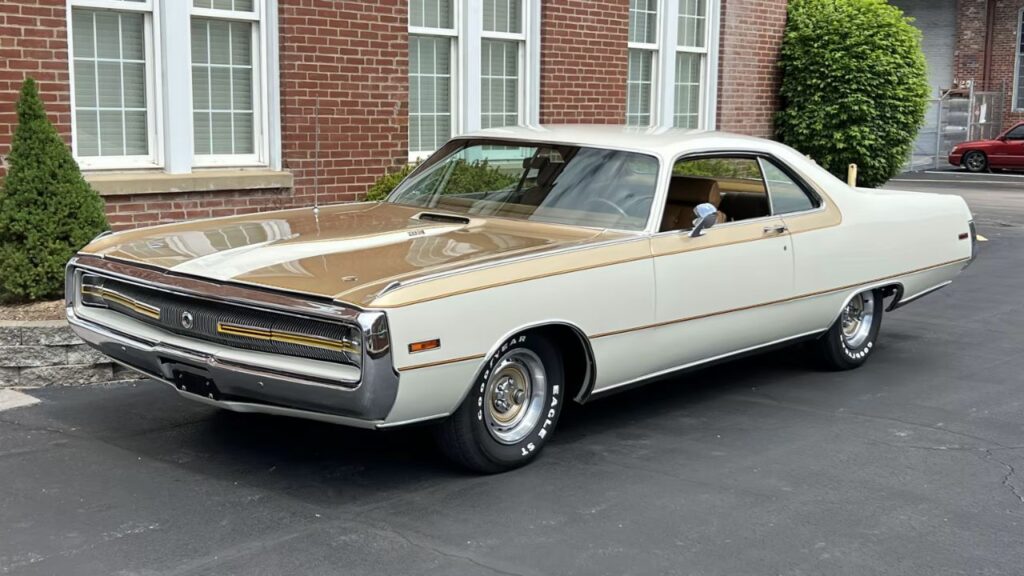
The Chrysler 300 Hurst was a rare beast—just 485 were built in 1969. Under its fiberglass hood scoop sat a 440 Magnum rated at 375 horsepower, and it came loaded with Hurst styling tweaks and a heavy dose of attitude.
It didn’t quite know what it wanted to be: too big for a muscle car, too loud for a luxury coupe. That identity crisis probably doomed it. But for collectors looking for something different and fast, the 300 Hurst still offers a unique experience.
1972 Chevrolet Monte Carlo Custom
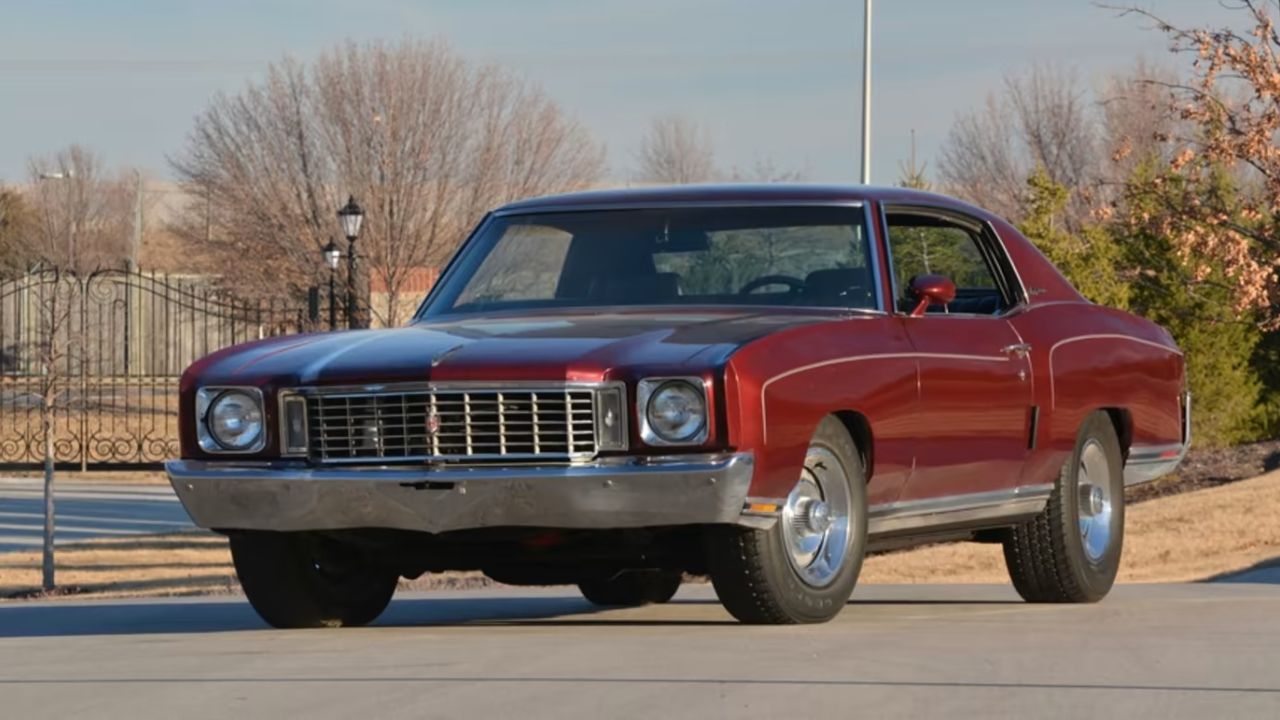
Before the SS trim took over, Chevy offered the Monte Carlo Custom in 1972 with a choice of big V8s, including the 402 and the 454. It was a personal luxury coupe with muscle under the hood and just enough trim to stand out.
The Custom badge only lasted one year, making it a bit of an oddity. Buyers either went full-luxury or full-performance, and this trim didn’t quite hit either camp. Still, it’s got the bones of a muscle car and the comfort of a cruiser—worth remembering.
1975 Dodge Charger SE
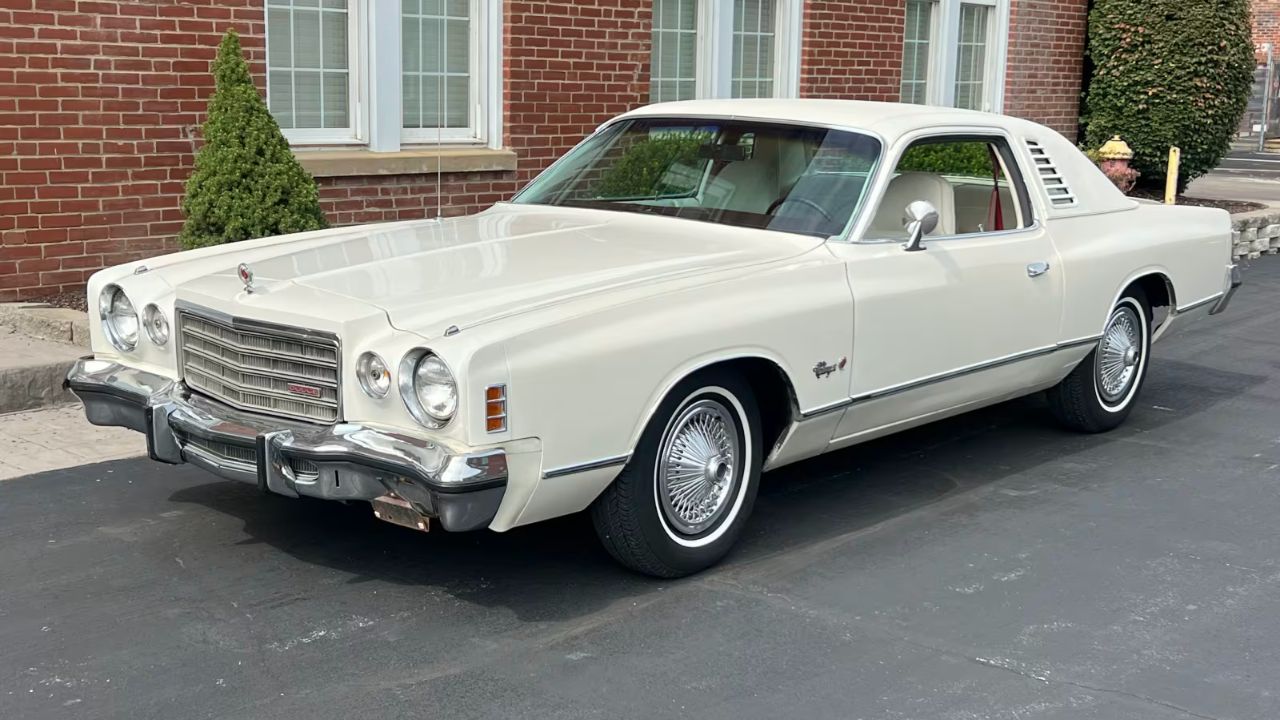
In 1975, the Charger had moved from street bruiser to upscale personal coupe. The SE trim came with plush features and big-block options like the 400 and 440. Dodge was trying to appeal to a different crowd, even as performance was fading.
This version of the Charger didn’t land with muscle car fans, and it didn’t find traction with luxury buyers either. But it had style, presence, and real V8 power—just in a less shouty package. It’s a footnote now, but one that deserves a second glance.
1966 Rambler Marlin

The Marlin started as a fastback version of the Rambler Classic before becoming its own model in 1966. AMC gave it a longer wheelbase and more upscale features, hoping to compete with bigger coupes. Power came from a 232 inline-six or a choice of V8s.
Its odd proportions and confused marketing left buyers scratching their heads. It wasn’t sporty enough to chase muscle cars or plush enough for the personal luxury crowd. Still, it’s one of the more unique designs of the decade—and you won’t see two at your local cruise-in.
1971 Ford Torino GT

The ’71 Torino GT offered a sleek, long-nose profile and was available with Ford’s 429 Cobra Jet. It had aggressive styling, hidden headlights, and plenty of optional power, but by 1971 the performance party was coming to a close.
It got overshadowed by earlier Torino Cobras and the flashier Mustang, and emissions standards didn’t help. But as a last gasp of real Ford muscle in a midsize body, the Torino GT still had something to offer. It’s often left out of the conversation, but it made its mark.
1973 Pontiac LeMans GT

The LeMans GT was Pontiac’s mid-level answer to the muscle car fade. It wasn’t a GTO, but you could still get a 400 or 455 under the hood, and it came with Rally wheels, sport mirrors, and optional stripes. It straddled the line between budget muscle and daily driver.
1973 brought a redesign with Colonnade styling, which wasn’t to everyone’s taste. The GTO had already been downgraded, and the LeMans GT didn’t get the marketing love. Still, it was a capable coupe with real muscle—just one more Pontiac lost in the shuffle.
Like Fast Lane Only’s content? Be sure to follow us.
Here’s more from us:

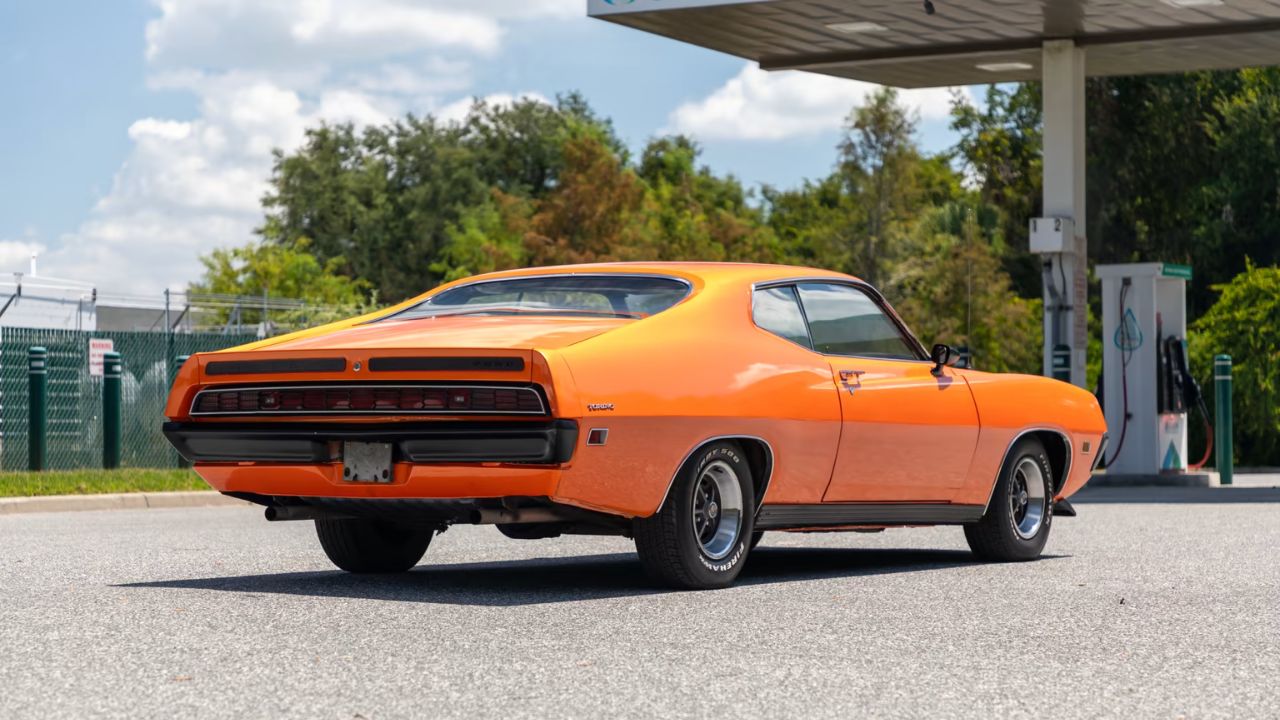
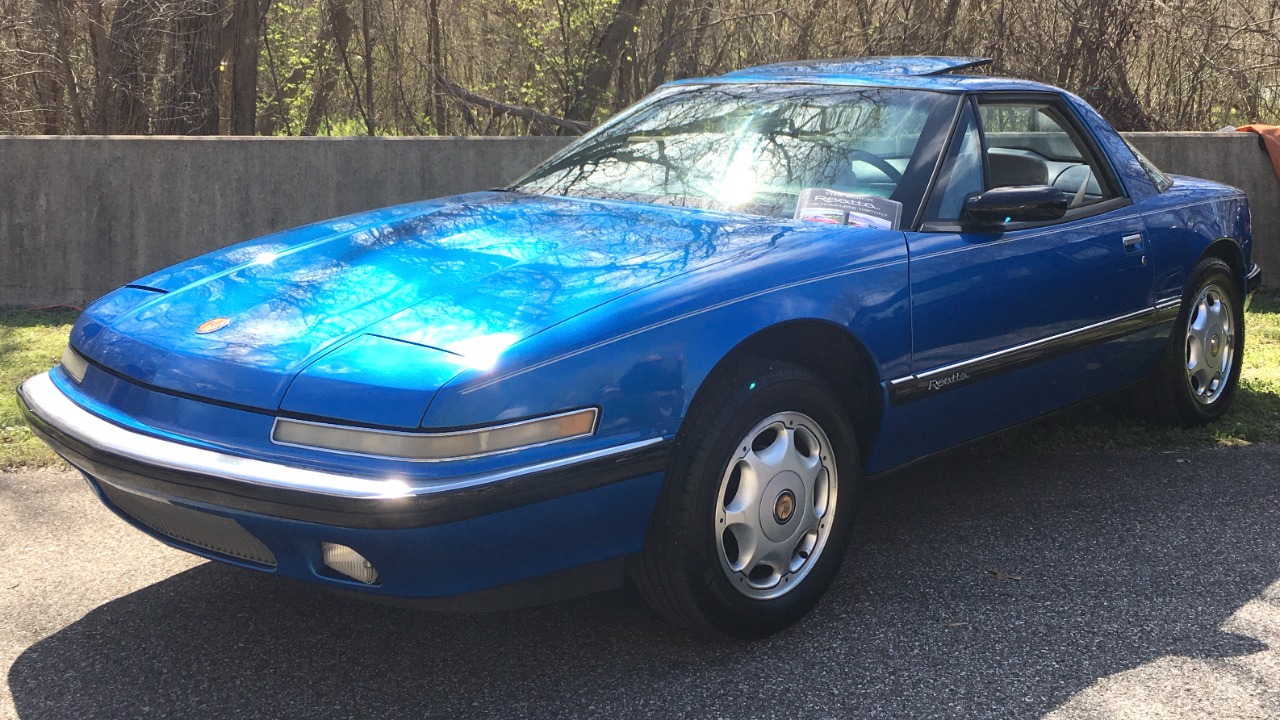

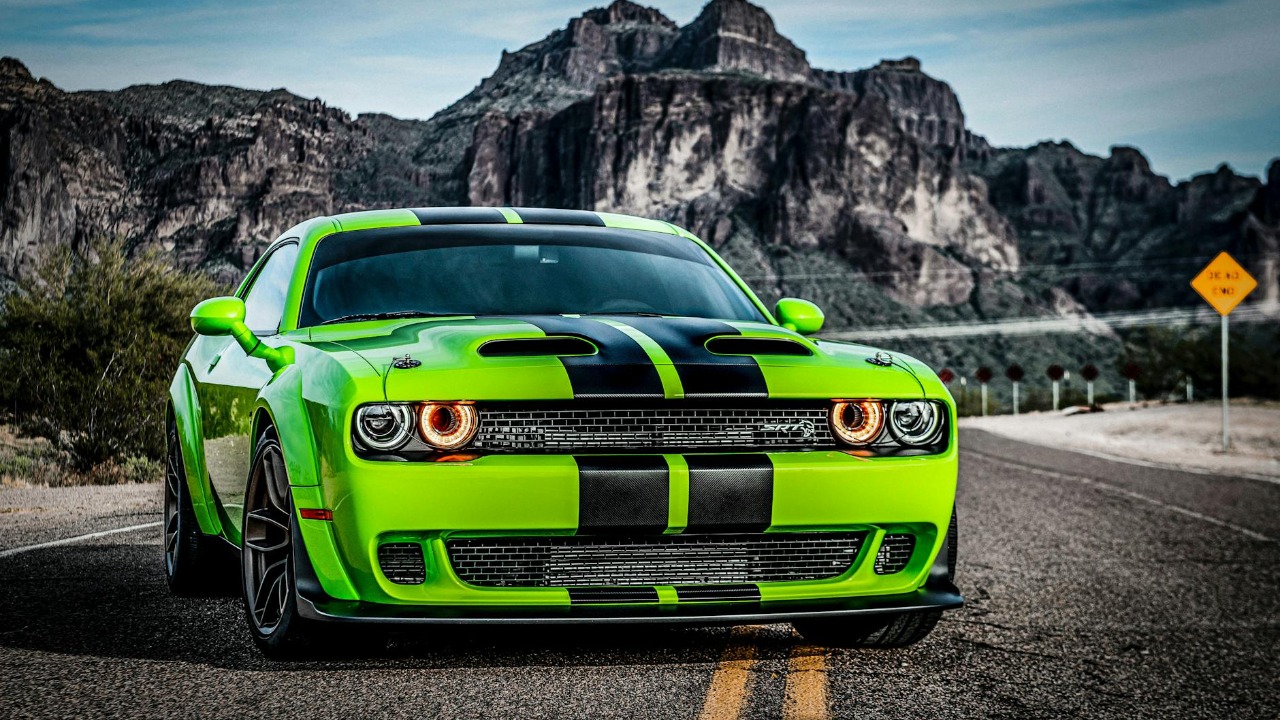

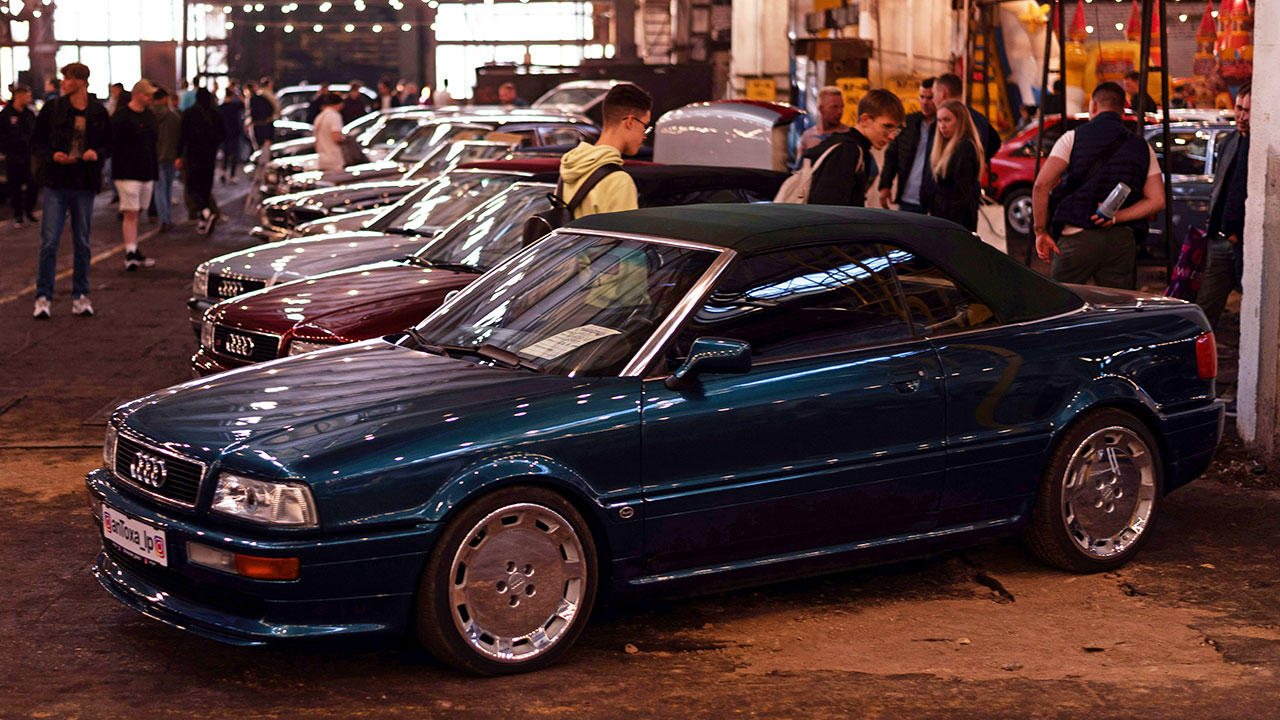
Leave a Reply